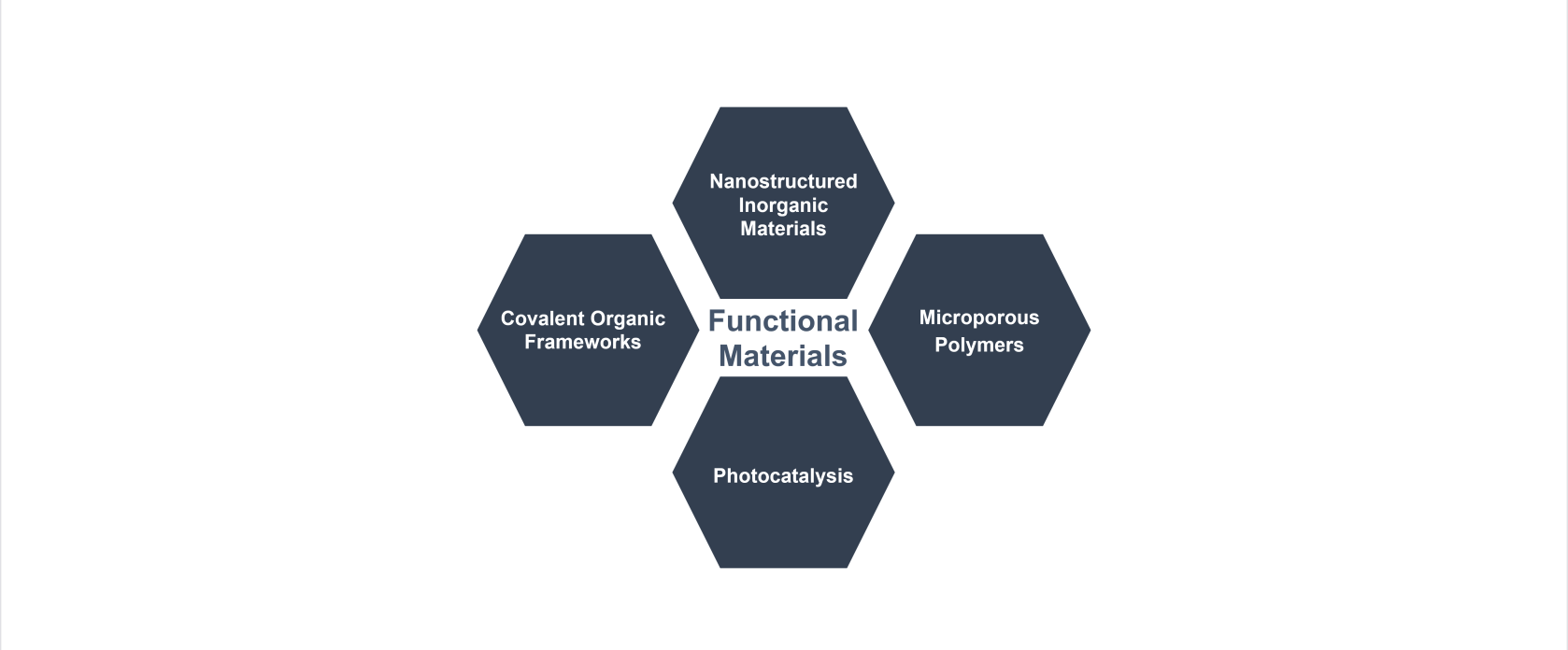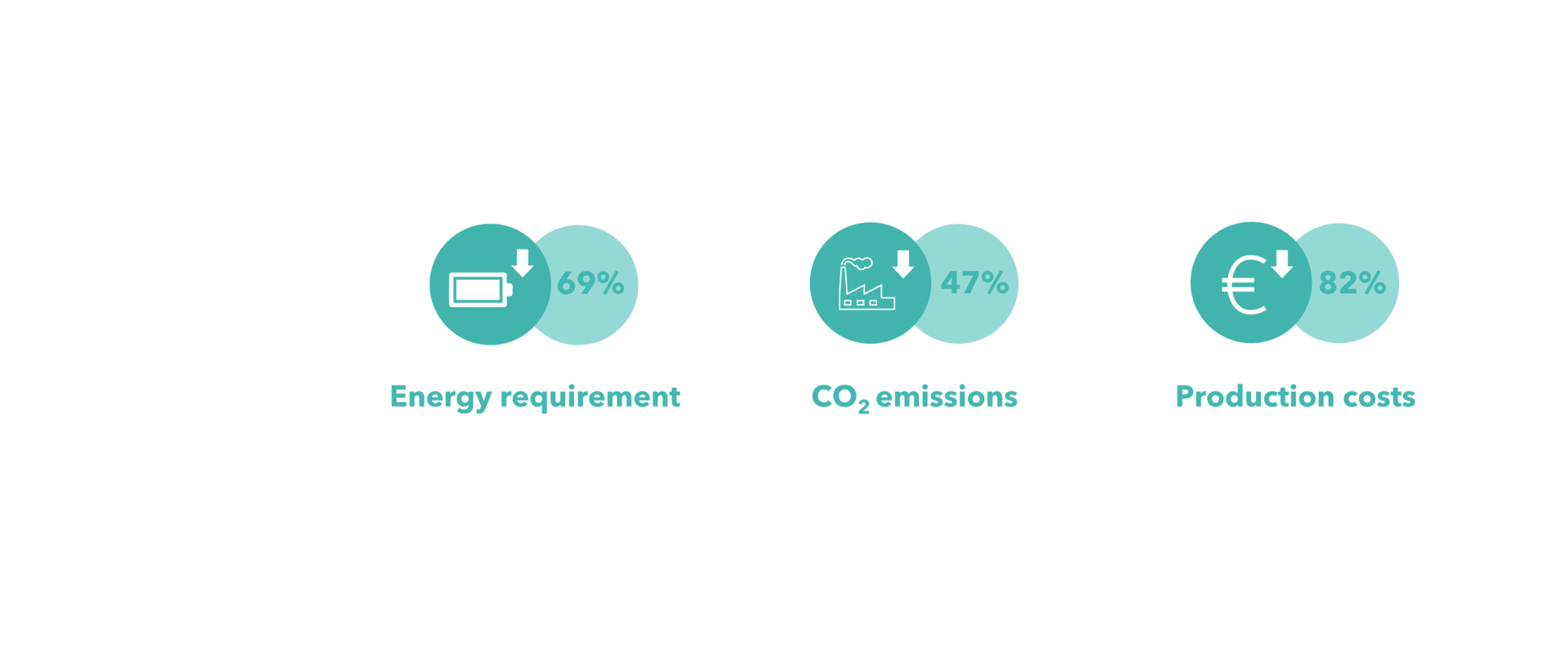 © Christian Kielmann
© Christian Kielmann
Welcome to the Functional Materials Group at TU Berlin
A "Functional Material" is prepared by a target-oriented approach, that is, its chemical composition, structure and its chemical and physical properties are optimized to reach a specific target or to use it for a special application.
The functionality of a material can be manifold; examples are acidity/basicity or coordination ability to metals, but also its electrical or optical properties. It should be furthermore noted that many materials display their function just when existing or assembled into a certain structure or morphology. The introduction of porosity into a material to maximize its accessible surface area is one pathway to enhance its function. Indeed useful properties can arise when small pores and thus high surface areas are introduced into a material, which yield in a number of applications. Porous materials are for example used as catalysts or catalyst support and for the sorption, purification and storage of gases; they can be used for electrodes, as low-k-dielectrics, for optical applications and many other fields.
Therefore our main interest is the generation of highly porous functional materials. The chemical composition and structure of such a porous material is tailored for the specific purpose. Therefore we are working on the whole range of possible porous structures from inorganic to organic materials, but also inorganic-organic hybrid materials.



